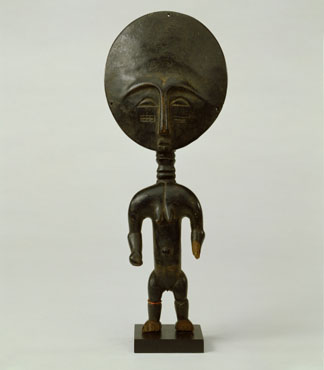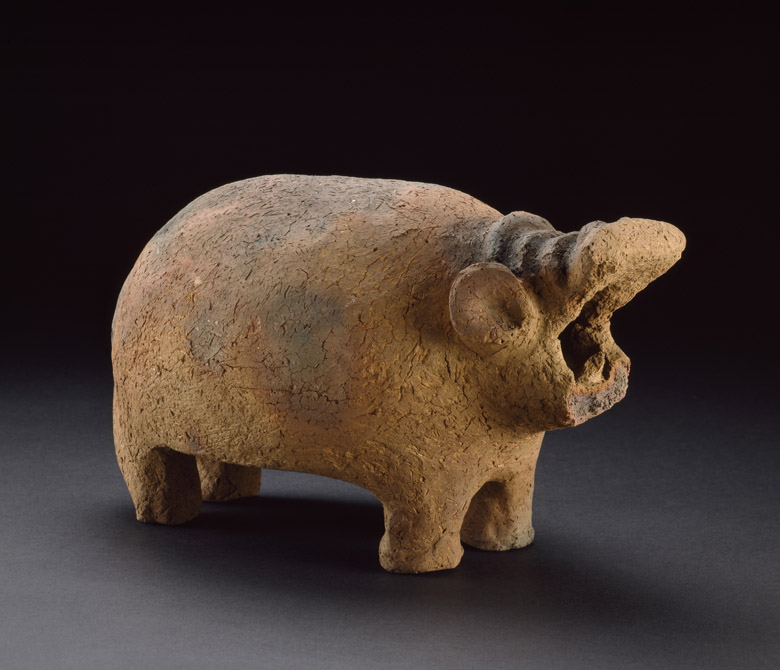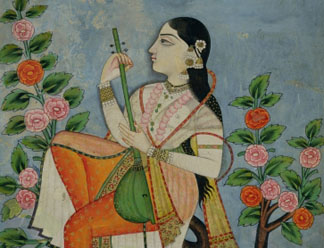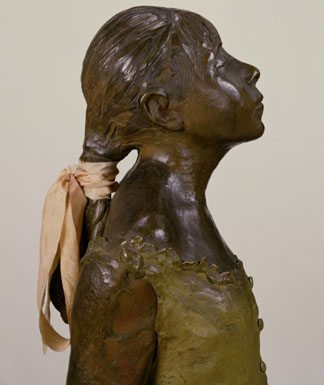Published 16/09/2011
The Sainsbury Collection at the University of East Anglia boasts an eclectic mix of art and artefacts from all over the world, spanning 5000 years. The collection includes treasures from Pre-Columbian, Polynesian, North American, Chinese and Japanese cultures as well as European antiquities and 20th century sculpture.
|
Sculptural Form Robert and Lisa Sainsbury’s interest in world art first developed in the 1930s, and was sparked by the inspiration modern day artists took from the art of other cultures. Their purchases were guided by an instinctive response to sculptural form, particularly that of the human figure, and this juxtaposition of a variety of world cultures gives a fascinating insight into the true diversity of attitudes towards the human form. Many different religions are represented, with ritual carvings and ceremonial objects, which stand alongside every day artefacts such as combs and weapons. The collection boasts objects originating from central and southern America, including Aztec, Inca and Mayan works. The North American works include fascinating carvings found in Alaska, made from diverse materials such as walrus ivory and antlers. (see above) Encompassing the islands of Polynesia, Melanesia, Australia and Indonesia, the Pacific collection contains objects dating from the 18th – 20th century and illustrates the sheer diversity of cultures within this region. |

|
|

|

|
|

|
Asia / Africa / Modern Europe The Asian objects in the Sainsbury collection span many countries including Japan, China, Korea, India and Pakistan, and emphasise the importance of religion and ritual. They include hanging scroll paintings and animal subjects as well as ceramic vessels and sculptures. The African collection includes striking tribal masks, ceremonial axes, heads and figures and ritual dolls. Modern European artists are also represented in the collection alongside the world art from which they drew inspiration. They include sketches and sculpture of Henry Moore, works by Pablo Picasso, Francis Bacon and Edgar Degas, as well as 20th century ceramics by Lucie Rie and Hans Coper. |
|
Treasures in the Collection: Highlights Peruvian Llama effigy, c.1400-1532. The llama has a central place in the religion of the Incas and this remarkable silver effigy is likely to have been placed in a grave alongside a human sacrifice. Female Figure with Folded Arms, c.2700-2400 BC, whose forms provided inspiration for modern sculptors like Henry Moore, is among the earliest of the objects represented. Egyptian ceramic walking hippopotamus from c.1880 BC. Probably placed in a grave to protect the tomb and assist in the re-birth of the deceased. (see above) The Fisherman’s God, late 18th - early 19th, from the Polynesian Cook Islands. Fishermen would have placed this carving on their canoe and made offerings to it to invoke success in their expeditions.
|

|


